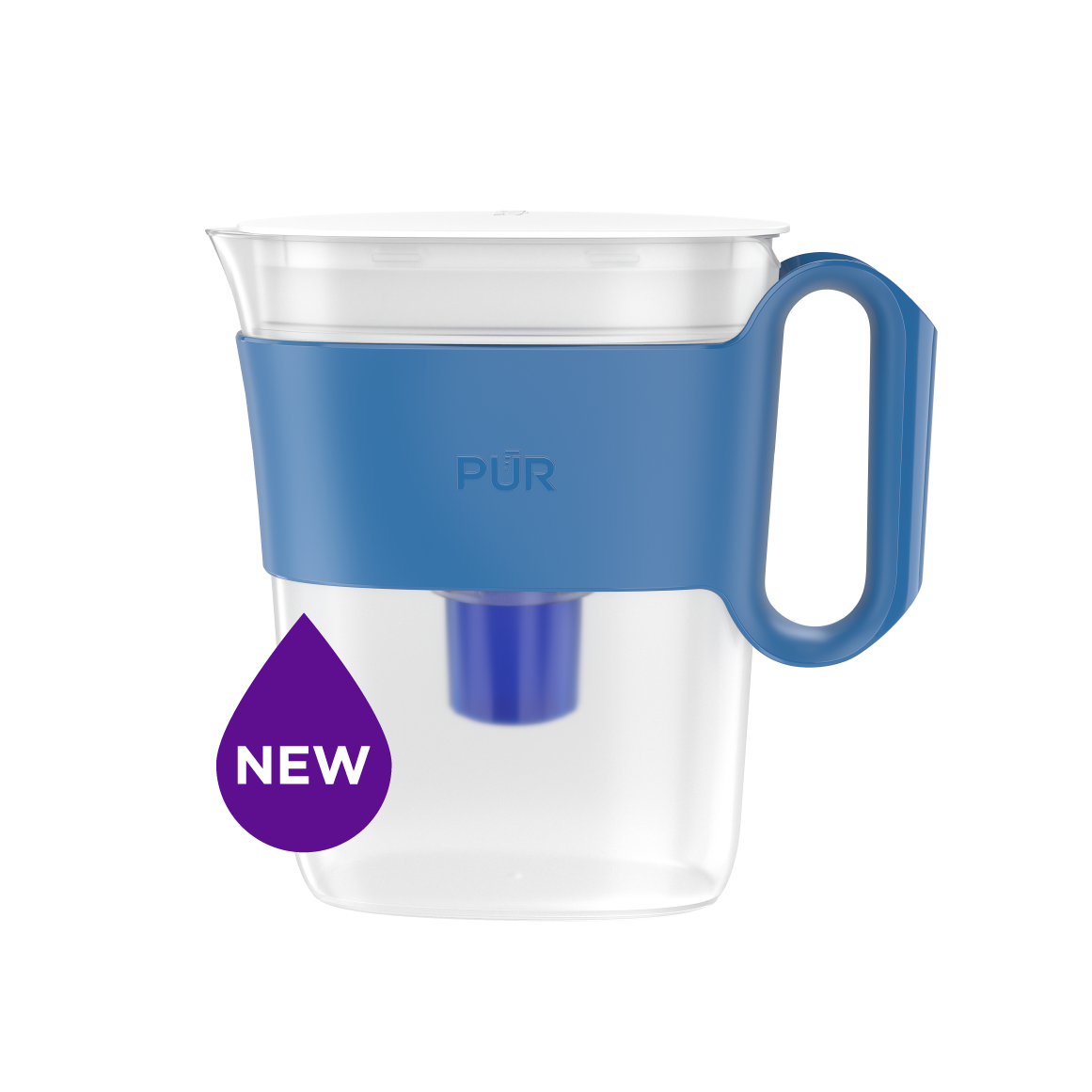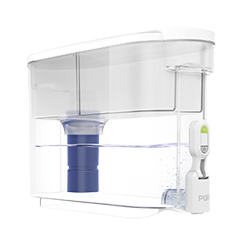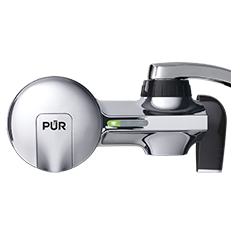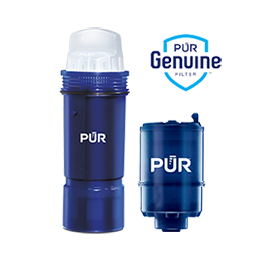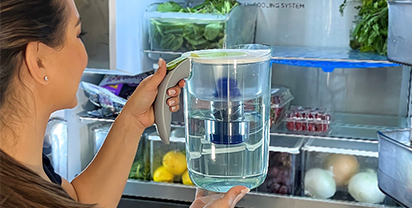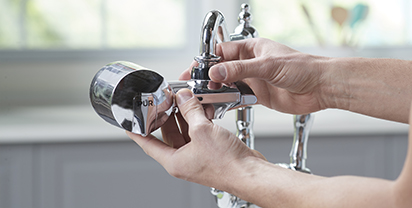WATER QUALITY LEGISLATION
WATER QUALITY LEGISLATION
The information provided on this website is sourced from the United States Environmental Protection Agency (EPA). Our company is not affiliated with, endorsed by, or in any way officially connected with the EPA. While we strive to ensure the information is accurate and up to date, we recommend visiting the official EPA website for the most current and comprehensive information.
What is the Lead and Copper Rule?
The Lead and Copper Rule (LCR) is the National Primary Drinking Water Regulation first promulgated in 1991 that requires actions by public water systems to reduce levels of Lead and copper in drinking water.
There have been multiple Short Terms & Minor revisions and two major revisions to the law.
The two major revisions are:
- Lead & Copper Rule Revision (LCRR) passed in 2021
- Lead & Copper Rule Improvements (LCRI) passed in Oct 2024.
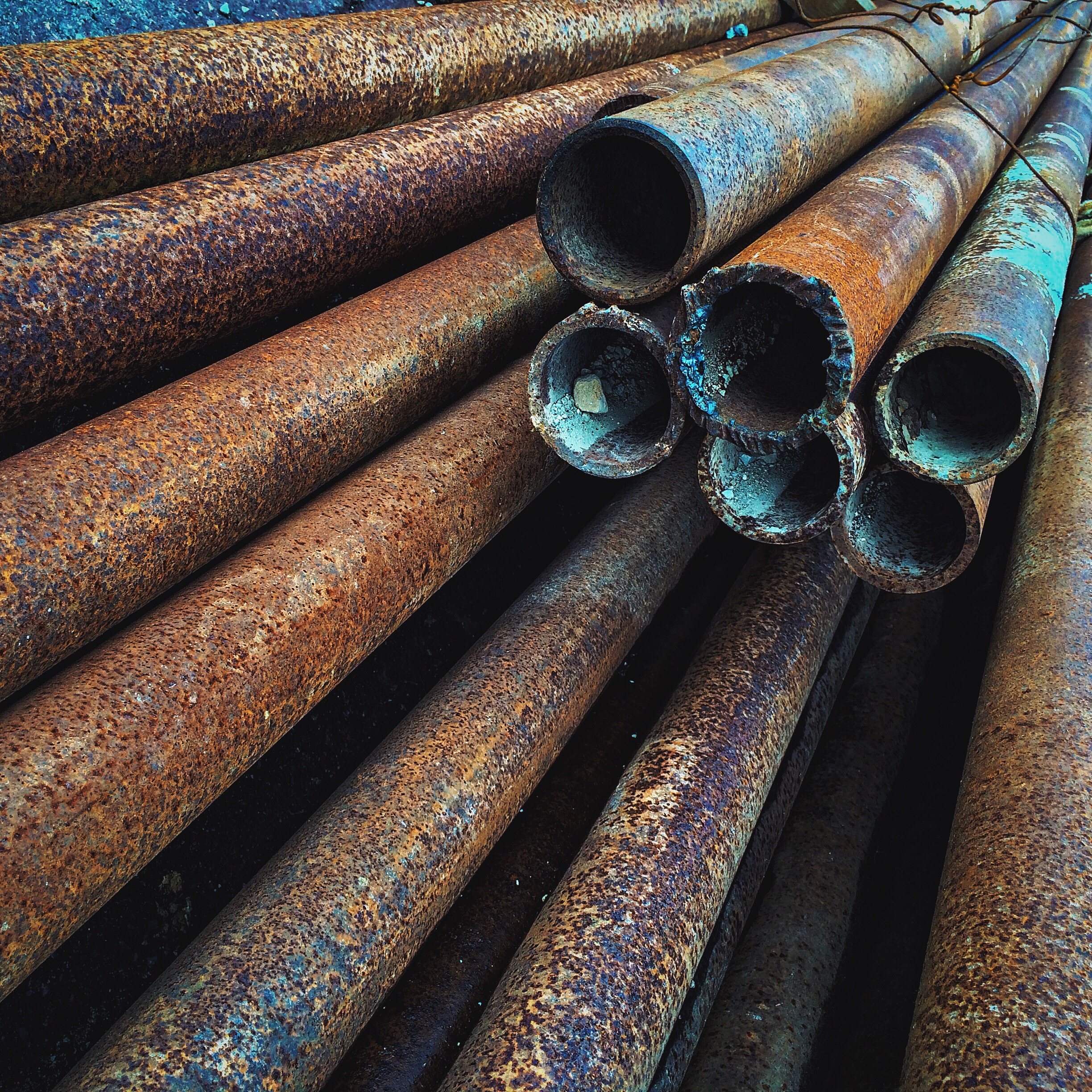
Corroded Pipes
Have you received a letter from your water system?
Lead service lines were historically installed by many utilities across the country. As a part of the EPA’s national Lead and Copper Rule Revisions (40CRF Parts 141 and 142, January 2021), there is now a nationwide effort to inventory all drinking water service materials and replace them with a safer material.
Currently, it is unknown how many Lead service lines exist in the country. Under the LCRR, it’s estimated that about 40% of large water systems may have to conduct line replacements.
LCRR Compliance:
- Water systems must develop an inventory of service lines that meets the LCRR requirements, including service line materials classification, information sources, and public accessibility
- Water systems must submit their initial inventories to their state by October 16, 2024
- Water systems must notify all persons served by the water system at the service connection with a Lead, Galvanized (GRR), or Lead status unknown service line within 30 days of completing their service line inventory
Lead & Copper Rule Improvements Overview
On October 8, 2024, EPA announced the final Lead and Copper Rule Improvements (LCRI). The LCRI strengthens nationwide requirements to help protect against Lead in drinking water.
Key Provisions include:
- Achieving 100% Lead Pipe Replacement within 10 years with additional time established for a limited number of drinking water systems.
- Support of ongoing efforts to locate existing Lead pipes. All water systems are required to regularly update their inventories and create a publicly available Lead service line replacement plan.
- Lowers the threshold for taking action, known as the Lead action level, from 15 µg/L to 10 µg/L.
- Strengthening Protections to Reduce Exposure. Water systems with multiple exceedances of the Lead action level are required to continue adjusting treatment, conduct additional community outreach, and ensure filters that are certified to reduce lead are made available to all consumers in the community.
- Communicating transparently and frequently with respect to Lead pipes and plan for replacement. The Consumer Confidence Reports must include clear health language about the dangers of Lead.
- Improving Tap Sampling. For sites with Lead service lines, water systems are required to collect and analyze the first-liter and fifth-liter of water samples and use the higher of the two values when determining compliance with the rule.
#1 Selling Brand that filters Lead Water
BE SURE IT’S 
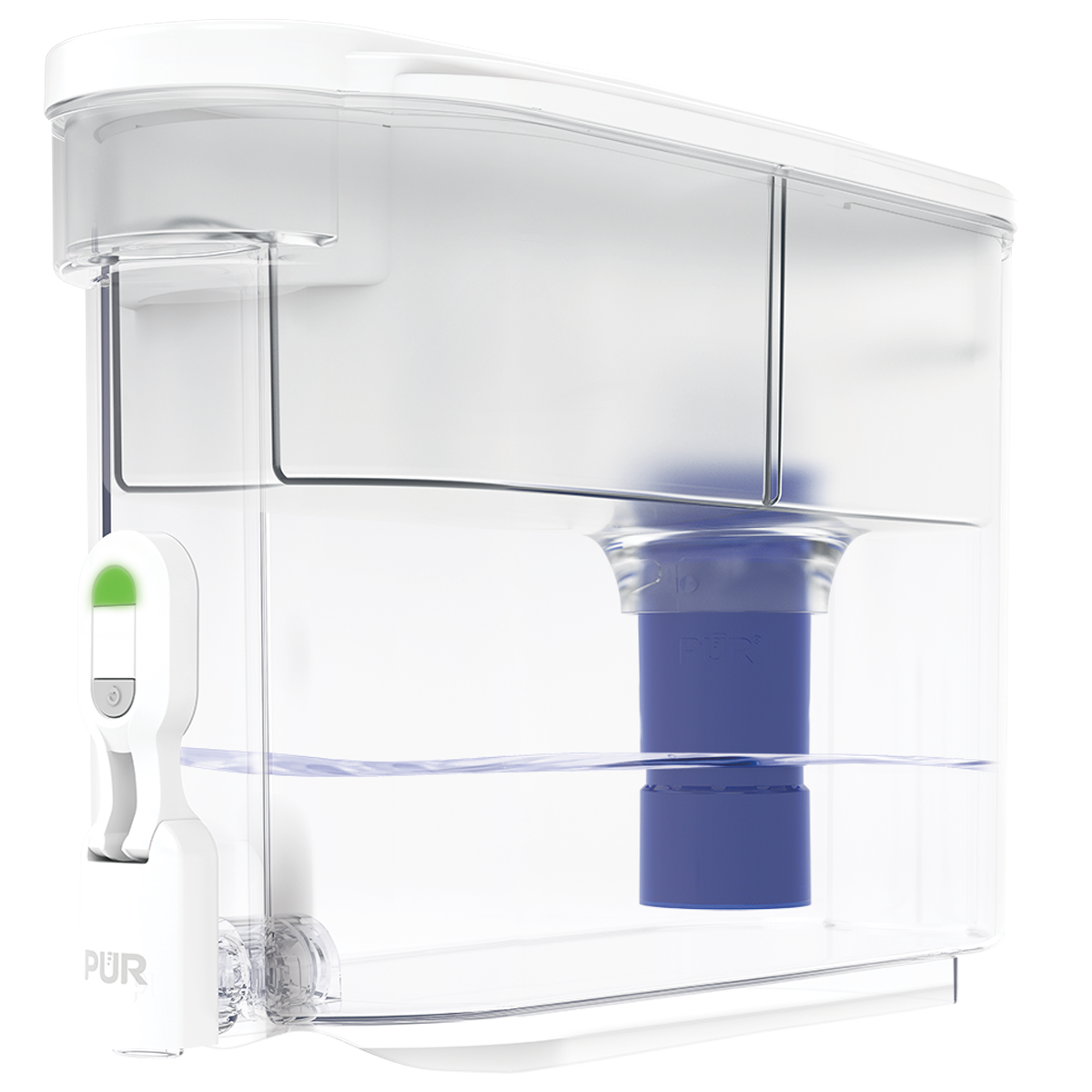
PUR PLUS 30 Cup Dispenser
- WQA certified to reduce Lead
- Reduces chlorine, copper and zinc that cause bad taste and odor¹
- NSF certified to reduce microplastics found in tap and bottled water¹
- Hassle-free design: pull down spout, carrying handle, and filter change light
- LockFit™ design to ensure unfiltered water doesn’t mix with filtered water
- Compatible with all Genuine PUR Pitcher & Dispenser replacement filters
- Dishwasher safe


